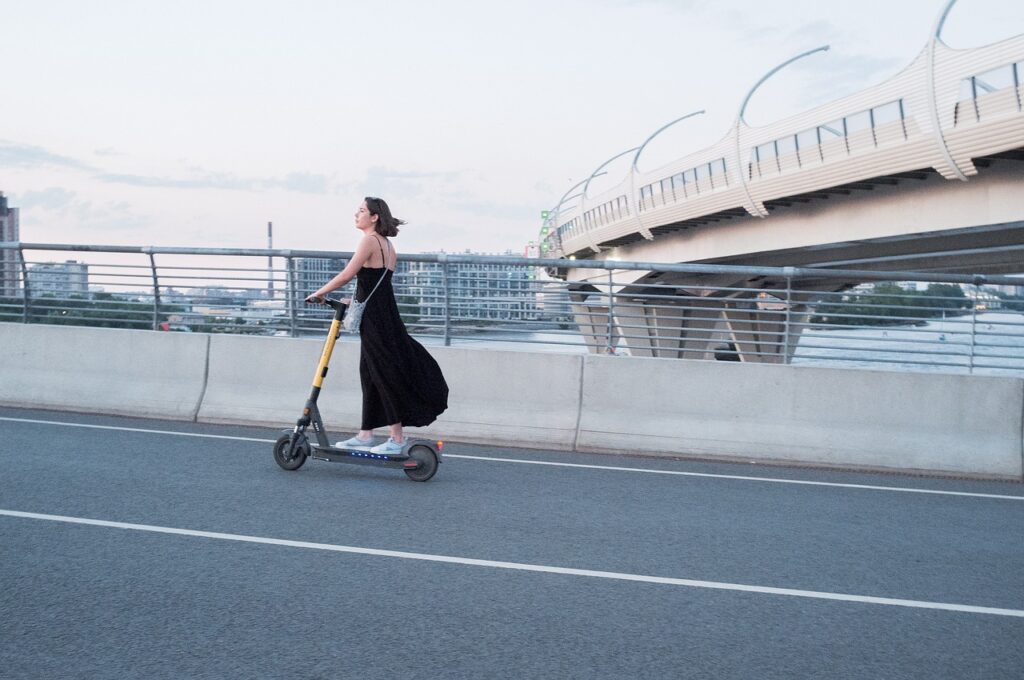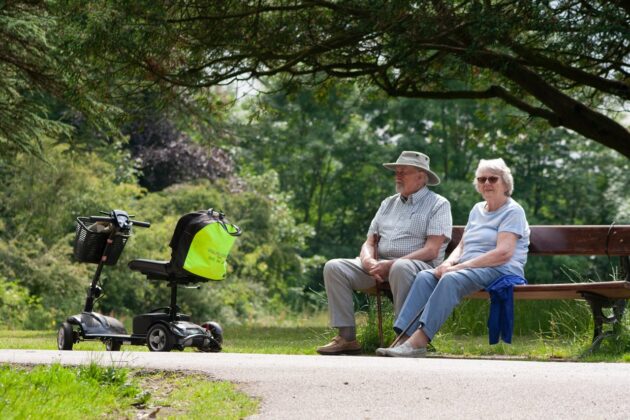
Choosing the perfect mobility scooter can feel like a daunting task, especially with so many options available. Whether you’re looking for greater independence or a more comfortable way to get around, the right scooter can make a world of difference. With various features, sizes, and capabilities to consider, it’s essential to make an informed decision that aligns with your needs and lifestyle.
In this post, we’ll walk you through six key tips that will help you find a mobility scooter that suits your daily routines, comfort preferences, and budget. From choosing the right size and weight capacity to understanding battery life, we’ve got you covered. Let’s dive in.
Table of Contents
- 1 Evaluate Your Mobility Needs: Understanding the Basics
- 2 Choose the Right Scooter Size for Your Comfort and Safety
- 3 Consider the Battery Life and Charging Capabilities
- 4 Assess the Scooter’s Terrain Capabilities
- 5 Check the Weight and Portability
- 6 Evaluate Additional Features for Maximum Comfort and Functionality
Evaluate Your Mobility Needs: Understanding the Basics
Before diving into specific features, it’s crucial to assess your unique mobility requirements. Consider how often you’ll use the scooter, where you plan to go, and the terrain you’ll encounter.
Are you primarily using it indoors or outdoors? Do you need a scooter for short trips around the house or one that can handle longer distances? As seen at MobilityDepartment.com, there are different types of scooters designed for varying needs, such as compact models for tight spaces or rugged ones for outdoor adventures. Understanding these factors will guide you in choosing a model that ensures comfort, safety, and convenience.
Choose the Right Scooter Size for Your Comfort and Safety
The size of the mobility scooter plays a significant role in ensuring your comfort and safety. A scooter that’s too small may feel cramped, while one that’s too large might be cumbersome to maneuver. Consider the width, length, and turning radius of the scooter based on your living spaces and typical routes.
A compact scooter may be ideal for narrow hallways or crowded environments, whereas a larger model can offer more space and stability for outdoor or long-distance use. Additionally, ensure the scooter has adequate weight capacity to support your needs for safety and durability.
Consider the Battery Life and Charging Capabilities
When selecting a mobility scooter, it’s important to think about the scooter’s battery life and charging capabilities. Depending on how frequently you plan to use the scooter, you’ll need a model with a battery that can last long enough for your typical activities. Look for a scooter with a range that suits your daily routes—some offer up to 15-30 miles on a single charge.
Additionally, consider the charging time and whether the scooter can be easily charged at home or while on the go. A scooter with longer-lasting batteries will offer more freedom and less worry about running out of power.
Assess the Scooter’s Terrain Capabilities
Different mobility scooters are built for different types of terrain. While some are designed for smooth indoor floors, others are built to tackle rougher outdoor surfaces. If you plan to use your scooter outdoors, look for one that can handle curbs, uneven sidewalks, and gravel paths.
All-terrain scooters typically feature larger wheels, better suspension systems, and more powerful motors to ensure a smooth ride across a variety of surfaces. Whether you prefer a scooter for paved city streets or country trails, make sure to choose one that fits your typical travel environment.
Check the Weight and Portability
If you plan to travel with your scooter or need to store it when not in use, the weight and portability of the scooter will be essential. Some scooters are designed to fold easily and be transported in a car trunk, while others may be more difficult to disassemble or lift.
Lightweight models are ideal for people who need to load and unload the scooter frequently, but be sure that the weight reduction doesn’t compromise the scooter’s stability or comfort. If portability is a key consideration, choose a model that is easy to handle and doesn’t require too much effort to transport.
Evaluate Additional Features for Maximum Comfort and Functionality
To ensure the scooter meets your specific needs, consider additional features that enhance comfort and convenience. Look for adjustable seats, armrests, and handlebars that can be tailored to your body for a more ergonomic ride. Some scooters come with built-in storage baskets, lights for visibility, or even digital displays to show speed and battery levels.
Additional accessories such as rain covers or cup holders can also add to your comfort and convenience. When selecting a scooter, think about how these features will improve your overall experience and make your daily routines more enjoyable.

Choosing the right mobility scooter is a vital step towards enhancing your independence and mobility. By evaluating your specific needs, selecting the right size, and considering factors like battery life, terrain capabilities, and portability, you can ensure that your scooter fits your lifestyle. Don’t forget to take comfort features into account, as they can significantly improve your overall experience. With the right information and careful consideration, you’ll be able to select a mobility scooter that not only meets your needs but also enhances your quality of life for years to come.
